Usability and handling notes!
As with all digital cameras in general, these imaging devices tend to do better when taking pictures in good light – and the smaller the sensor is, the most pronounced will be the issues of noise in low light photography. So, I’ve not been under any illusions that the new G7X Mark II would be a low light photography wonder.
The G7X starts up quickly, and is ready for pictures about a second after starting-up. There’s the familiar ‘chime’ song played at start-up, but it’s something you can easily disable in Settings – and likewise also the Canon startup logo too.
The camera is jam-packed with features. There are two different auto settings, scenes modes, bracketing, time-lapse, a somewhat configurable shooting info display, Face ID, different C-AF modes, ND filter, ability to set an upper ISO limit and adjust rate of change when in ISO Auto. While the G7X doesn’t support 4K, I appreciate that the camera out of the box supports both NTSC and PAL video systems. Some of the cameras from other manufacturers – including my Panasonic GX85 and also likely the Sony RX100s too – only support PAL for the local models, which in turn fixes video shot to 25fps, or 50fps if the camera happens to support it. I prefer my videos to be in 30fps – so there.
AF is quick though not what I’d call instantaneous. There’s some AF hunting in low-light, more so if I turn off AF-Assist (which I always do). Still, nothing quite as bad as the X70 though whose AF sometimes went forwards, backwards, forwards etc. as if it had a mind of its own LOL.
Muting the camera will not get you totally silent shooting. Triggering the shutter release will still produce a soft and pleasant ‘click’ sound.
The mode and exposure compensation dials are stiff and offer good resistance. One huge problem I keep having on the E-PL6 has been how easily the command mode dial turns – often just by putting or lifting the camera in and out of my messenger bag. Too often, I’ll pull the E-PL6 out of my bag to take a quick shot – only to see that the picture is significantly over/under-exposed because the mode dial has been turned to ‘S(hutter)-Priority’ instead of ‘A(perture)-Priority’ that I normally shoot in. The G7X’s buttons also offer adequate resistance, don’t feel mushy, and put out a muffled ‘click’ sound when depressed.
In several very nice usability touches too, the camera includes a Step/Continuous selector that lets you decide whether you want the control ring to turn smoothly, or with graduated ‘clicks’ to provide a more tactile experience. The ring turns smoothly silently on the RX100s – which of course is important when I’m taking videos: you wouldn’t want clicking sounds to be recorded! However, the clicking feedback is very useful when I’m taking stills. Canon offers both – just amazing. Finally, the G7X has a rubberized handgrip – missing on the RX100s.
I’ve come to realize how convenient is it for my cameras to support in-camera charging, as it really lightens the amount of clutter we have to haul on vacations. Charging using the micro USB port on the G7X is a little fiddly. Not in that the micro USB port is loose or anything like that, but the port seems just a mite larger than a typical micro USB connector. Not a deal breaker, but it’s a little annoying to have to jiggle the connector until the camera detects the appropriate connection for charging to begin.
In case the connector fails at some point, Canon includes a separate AC battery charger – something that the RX100s do not. Cheapskake Sony and hooray for Canon!
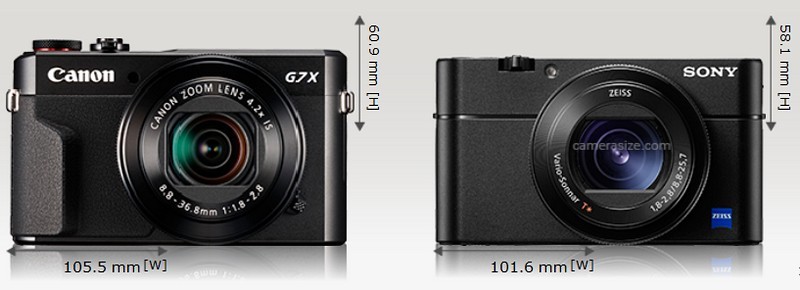
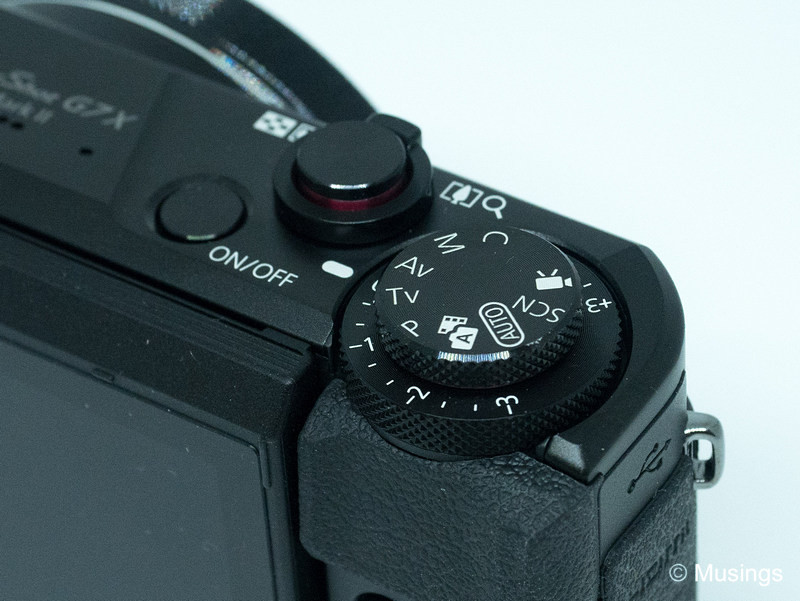
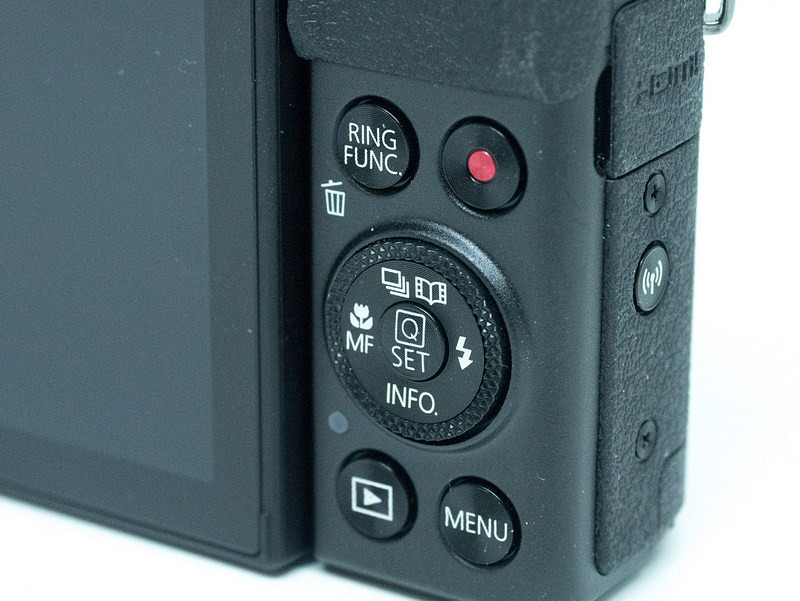
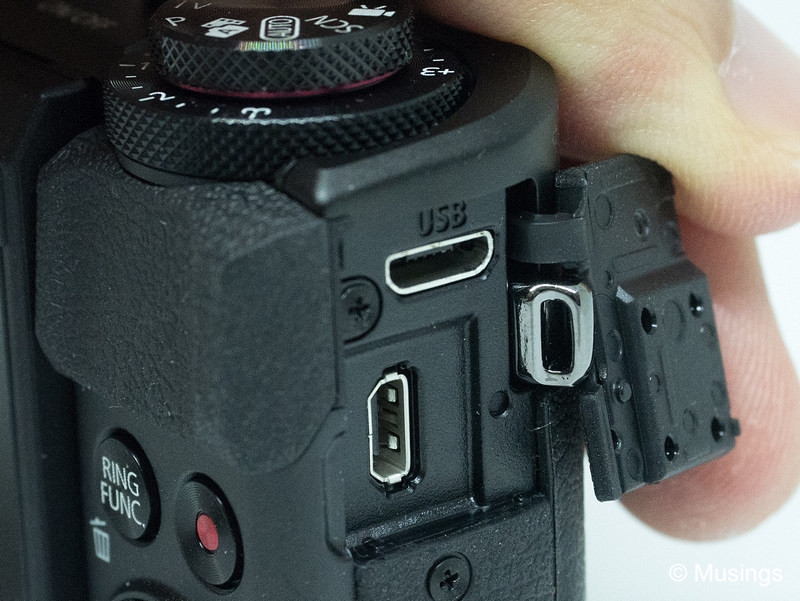
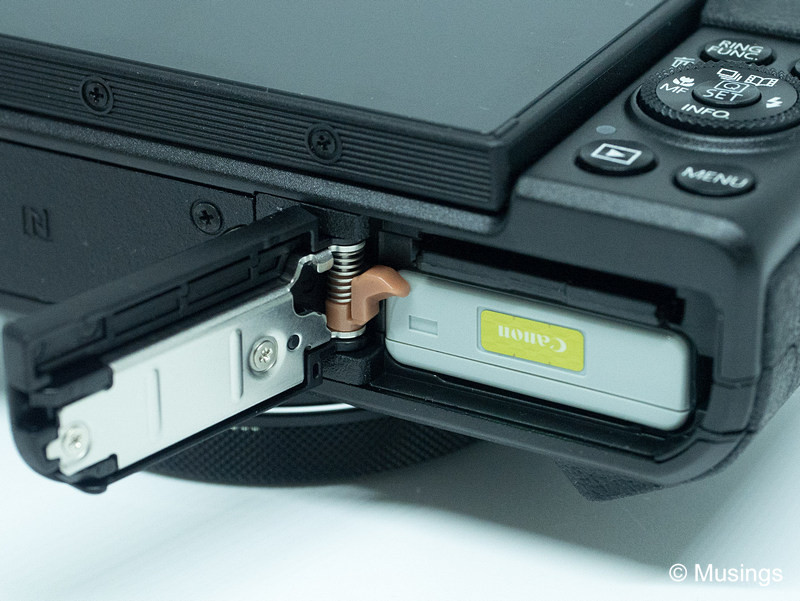
Next post on pictures!
Recent comments